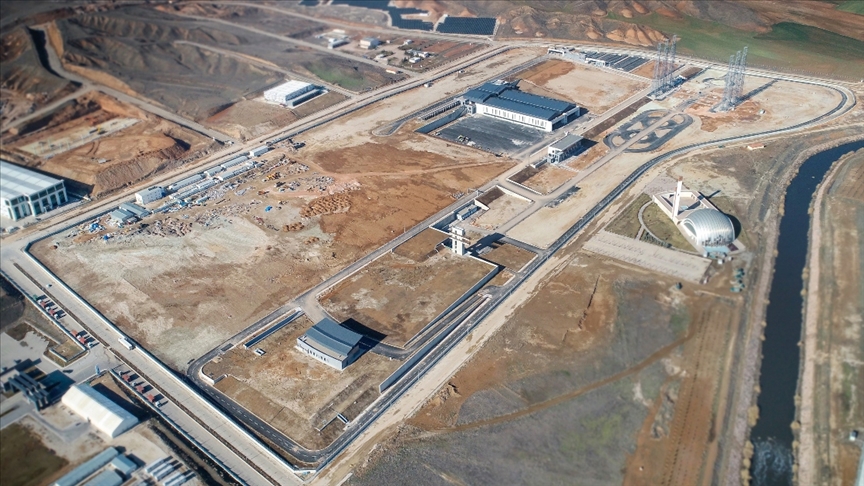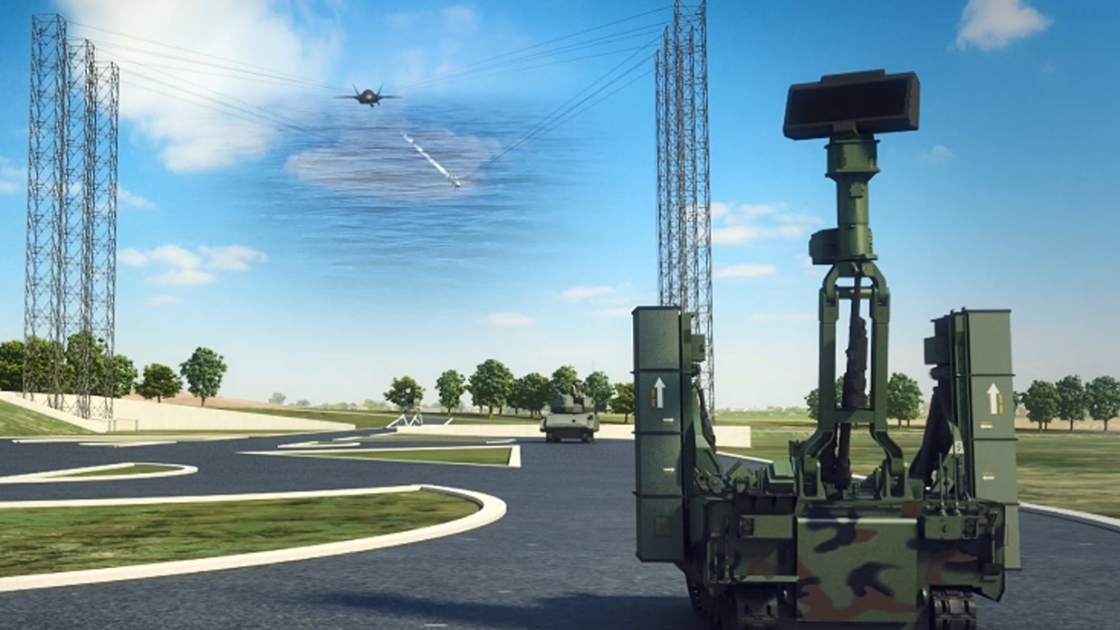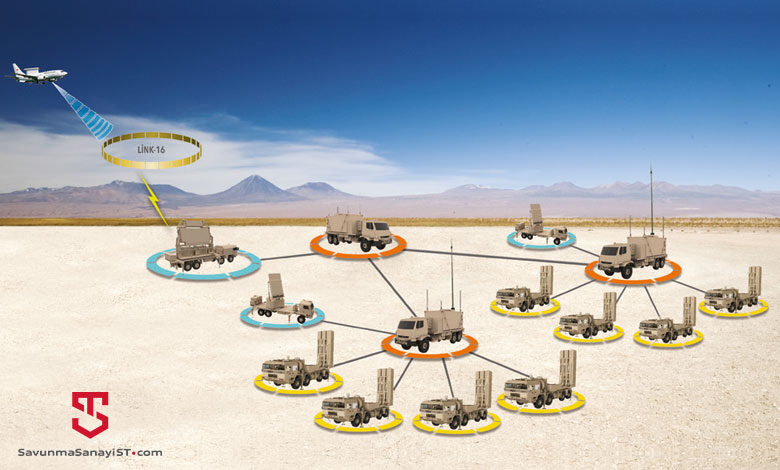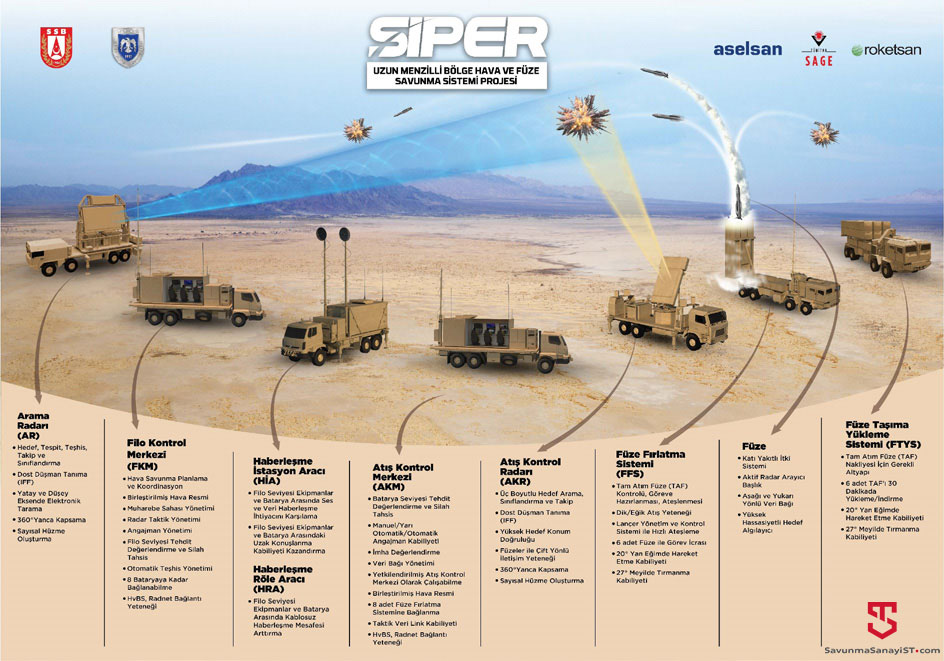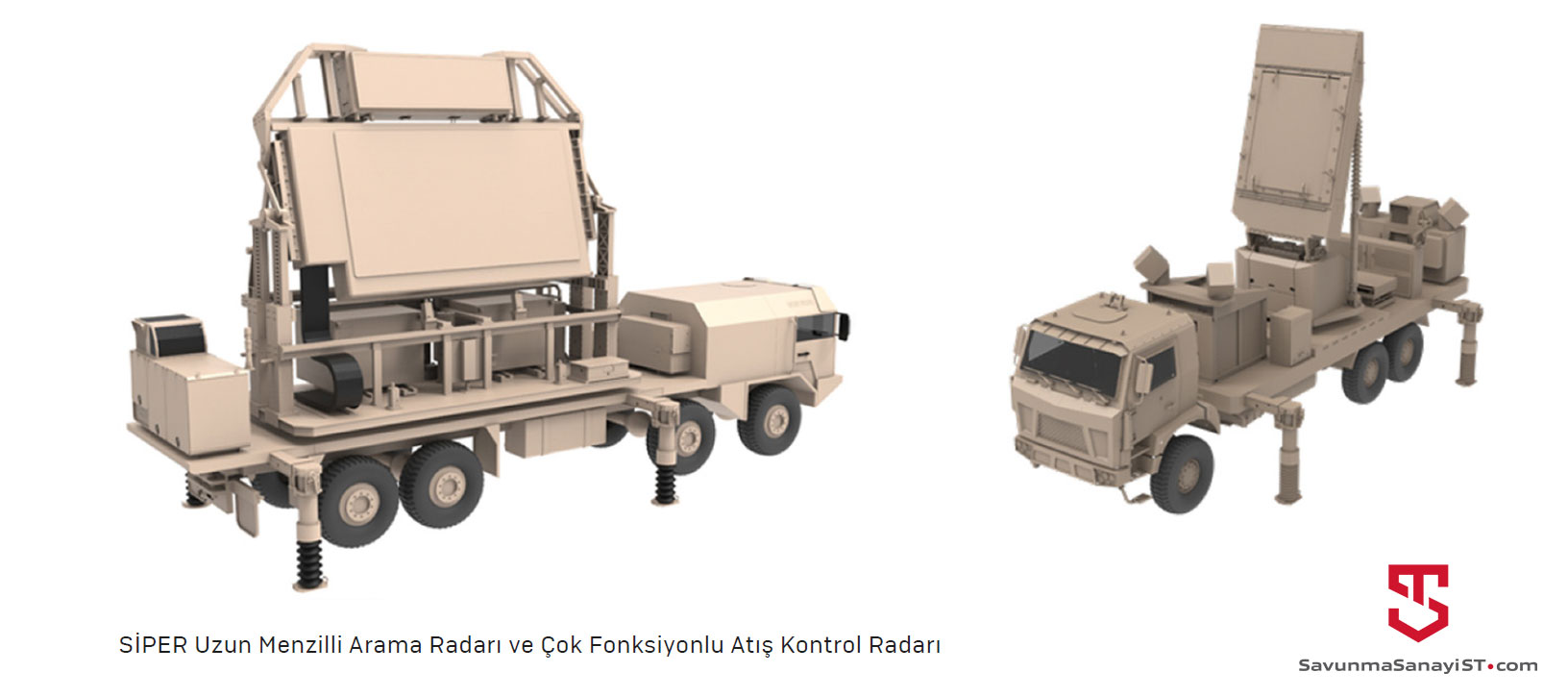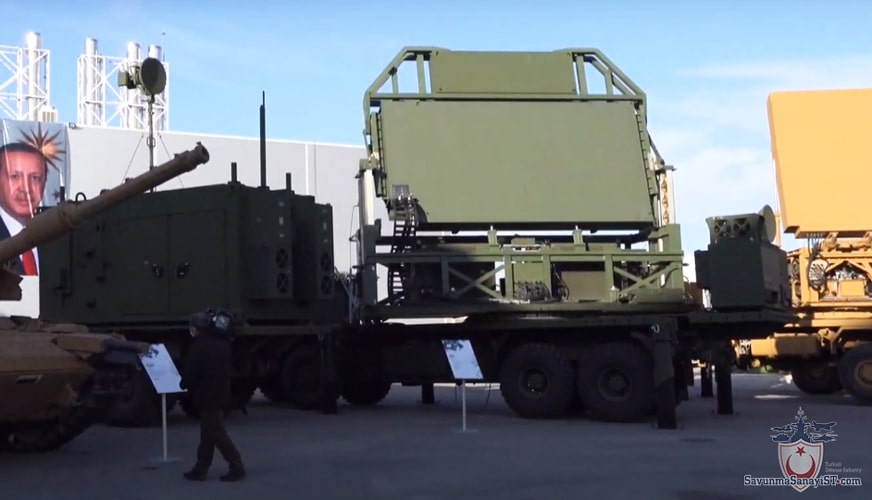Fleet Structure of SİPER Air Defense System Announced
The fleet structure of the SİPER Long-Range Regional Air and Missile Defense System has been announced. The SIPER System will have advanced radar systems.
ASELSAN shared information about the fleet structure of the National Long-Range Region Air and Missile Defense System SİPER. Search Radar and Fire Control Radar, developed with national resources, will be used in the SİPER System.
For the National Long Range Regional Air and Missile Defense System needed by the Air Force Command, the Presidency of Defense Industry Presidency and the ASELSAN-ROKETSAN-TÜBİTAK SAGE Business Partnership on 15 January 2018 of the Long Range Regional Air and Missile Defense System Project Phase-C (SIPER) contract was signed.
As the progress of the SİPER Project continues, new details about the system are emerging. Finally, ASELSAN shared a comprehensive information about the SİPER System. According to the information shared by ASELSAN, in the fleet of the SİPER System;
- Fleet Control Center
- Fire Control Center (AKM)
- Fire Control Radar (AKR)
- Search Radar (AR)
- Missile Launch / Missile Transport Loading System (FFS/FTYS)
- Full Throw Missiles
- Communication Station Vehicle (HIA)
- Communication Relay Tool (HRA)
- Maintenance Repair Tool
- Classroom Training Simulators components will be available.
SİPER Long-Range Region Air and Missile Defense System provides long-range air defense of strategic facilities against enemy attacks, and has distributed architecture, close and distant deployment capabilities, multiple engagement and sequential firing, ability to work in harsh weather conditions, land, air, sea and rail. It will have the capability of relocation, multi-tactical data link and upper command control integration, connection with Radar Network Management System (RADNET) and Air Force Information System (HvBS).
General Features of the System
• Air defense planning and coordination
• Management and distribution of information within the scope of command and control
• Combined aerial image production
• Multiple engagement and sequential firing
• Manual/semi-automatic/automatic engagement
• Friend Foe Recognition (IFF)
• Threat assessment and weapon allocation
• Auto diagnostic management
• Multi-target multi-radar fusion
• Two-way communication with missiles
• Wired/wireless communication
• Upright/oblique shot
• Ability to work in harsh conditions
• Interface with HvBS, Radnet connection
• Link to upper command via tactical data links (Link-16, JREAP-C)
• Embedded simulation
• Ability to operate with 8 FFS, each of which can fire 6 missiles
SİPER System Search and Fire Control Radars
In line with the contract signed between SSB and ASELSAN for the needs of the Air Force Command, long-range search radar (UMAR) and multi-functional fire control radar (ÇFAKR) with a highly mobile system structure are being developed.
Both UMAR and ÇFAKR are new generation radars with antenna architecture in AESA and digital beamforming infrastructure. Radars have the ability to use meteorological data to increase detection and tracking performance, and their AESA architecture and modular design approach support the concepts of low cost maintenance and high availability.
UMAR is derived from the TEIRS radar. ÇFAKR, on the other hand, was designed within the scope of the SİPER System. The ÇFAKR antenna can be used in sectoral mode with its 360 degree side coverage by rotating or with its antenna standing still. As a fire control radar, it can track multiple targets sensitively enough to direct the missiles of the system to the target in long range engagements.
TEIRS
At the same time, thanks to its multi-functional structure, it can also perform the regional/sectoral search function when needed. In addition to the AESA radar, it also includes subsystems that provide Mode 5 IFF and missile data link communication. CFAKR, which is built on a 6×6 tactical vehicle, can easily travel in the field; With its compact design, it can be easily transported to long distances by being loaded on many carrier platforms as a whole.
Features of the SİPER Blok-I Air Defense Missile
The firing tests of the SİPER Block-I, the first missile to be used in the SİPER System, were carried out recently.
The test-fired missile is the SİPER Block-I Missile, which was developed over the HİSAR-RF Missile. The SİPER Block-I Air Defense Missile, which is estimated to have a range of 70+ kilometers, was developed over the HİSAR-RF missile. Just like the HİSAR-A+ and HİSAR-O+ Missiles, the SİPER Block-I Air Defense Missile, which has a double-pulse engine, has a detachable launch engine, that is, a booster. Thus, the range of the radar-guided medium-range air defense missile (HİSAR-RF) has been increased more than twice.
During the test carried out, SİPER Block-I Missile; It was separated from the platform with the booster engine, the booster engine was separated from the missile during the flight with the step separation system and the HİSAR-RF missile with a double pulse engine flew.
The SİPER Block-I Missile, developed over HİSAR-RF, is only one of the missiles to be used in the SİPER System. SİPER is called a 'Multi-Layer Air Defense Missile System', which will have more than one missile option and will host more advanced missiles over time, just like in the Patriot and S-400 systems.
